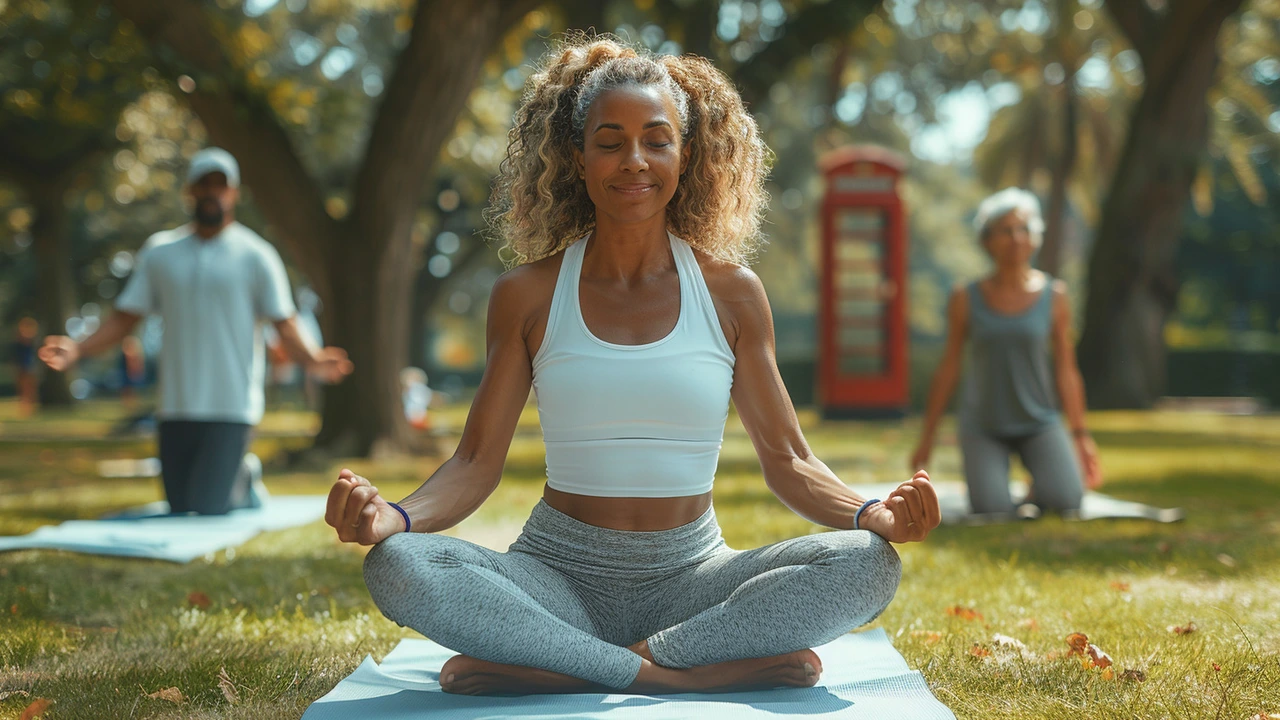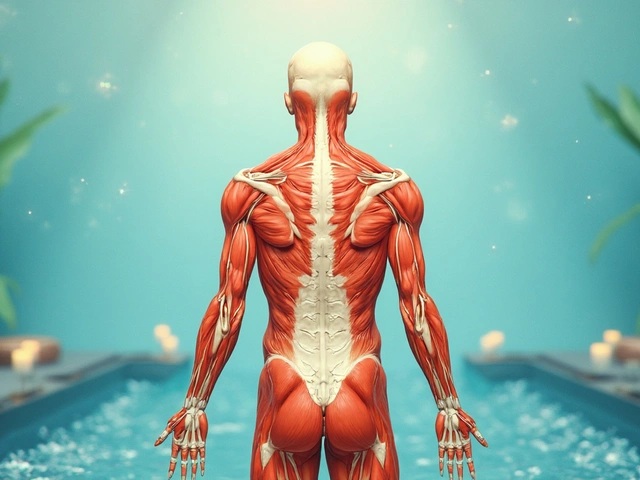Exercise Tips for Dogs That Actually Work
Want a calmer, healthier dog without wasting time on gimmicks? Use simple, consistent exercise that fits your dog's age, breed, and health. Below are clear, practical tips you can start using today.
Daily routines by age and energy
Puppies: short bursts. Use the 5-minute rule — about 5 minutes of activity per month of age, twice a day. No long runs or intense repetitive jumping; let puppy play and short training sessions build fitness.
Adult dogs: aim for 30–60 minutes of moderate exercise a day for many breeds. High-energy breeds may need 90+ minutes split into two or three sessions. Mix steady walks with play and training to burn physical and mental energy.
Seniors: keep sessions shorter and lower impact. Walks, gentle swimming, and short play sessions help maintain muscle and joint mobility. Watch pace, not distance.
Practical activities and how to mix them
Walks: alternate pace. Start with 5–10 minutes of slow walking as a warm-up, then add 10–20 minutes of brisk walking or short intervals of faster walking. Finish with 5 minutes of slow walking to cool down.
Fetch and tug: great for short, intense bursts. Use fetch on grass to reduce joint stress. Tug is good for strength but teach a reliable "drop" cue to keep play safe.
Nose work and training games: mental exercise tires dogs fast. Hide treats around the yard, use scent trails, or do short obedience games. Ten minutes of focused training can be as tiring as a long walk.
Swimming and water play: low-impact and excellent for dogs with joint issues. Start slow and use a life vest for beginners.
Stair or hill repeats: only for fit, healthy dogs. Short bursts up a hill or a few stair sprints build strength. Limit volume to avoid overload.
Use a backpack: adding 5–10% of body weight (for healthy adult dogs) can increase workout intensity on hikes. Start light and watch for fatigue.
Recovery and safety
Hydration and timing: avoid intense exercise in hot weather. Bring water and rest breaks. If pavement is too hot for your hand for 3–4 seconds, skip a long walk.
Watch for warning signs: heavy, prolonged panting; stumbling; limping; excessive drooling; or collapse. Slow down or stop if these appear. Check paws after walks for cuts or stuck debris.
Warm-up and cool-down: 5–10 minutes of slow walking before and after higher-intensity play. Finish with a few minutes of gentle massage or stretching to reduce stiffness and speed recovery.
Special notes
Breed and body type matter: short-nosed breeds (brachycephalic) tolerate less intense work and need cooler conditions. Large or giant breeds grow slowly—delay long runs until skeletal maturity. Use joint-friendly options like swimming and controlled leash walks.
Consistency beats intensity. Ten minutes of daily focused activity is better than one long session once a week. Track what works and adjust based on how your dog recovers.
Want more? Try pairing exercise with short massage or recovery routines to help muscles recover faster and keep your dog moving well for years.

Achieving Health Goals for a Fit and Fabulous Lifestyle
Embarking on a journey towards a healthier lifestyle involves setting clear and achievable health goals. This article delves into the significance of health goals and provides practical advice on maintaining a balanced diet, incorporating regular exercise, managing stress effectively, and tracking progress. Tips and interesting facts are intertwined to guide readers on their path to a fit and fabulous life, encouraging a holistic approach to wellness.

Top Health Juice Recipes for Effective Weight Loss
Jan, 10 2025



